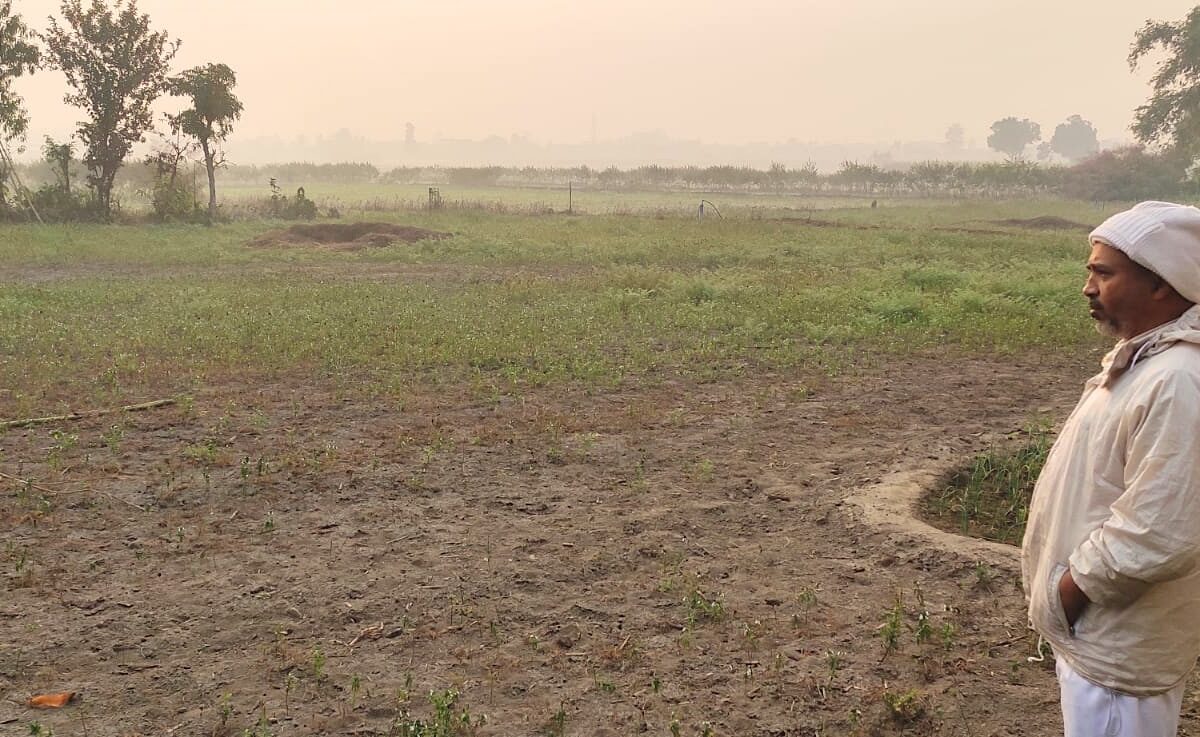
In the late 1970s, Nepal initiated a reforestation effort aimed at reclaiming its severely denuded landscapes in the southeastern Terai area. Despite early positive indications, the primary species selected for planting—eucalyptus trees—is now found to be harmful to the local soil moisture levels and nutrient content, as reported by Mongabay writer Mukesh Pokhrel. reported in February.
In preparation for the reforestation initiative, the Australian government supported Nepal by dispatching specialists who recommended planting a eucalyptus variety known as the red river gum. Eucalyptus camaldulensis Native to Australia, eucalyptus trees were introduced to the lowland plains of Nepal, specifically in the Terai region. This introduction came as a response to increasing demands from local communities and the largest regional employer—the Janakpur Cigarette Factory—for both fuelwood and timber resources. According to Pokhrel, these trees were selected due to their rapid growth rate, allowing them to be ready for harvesting after just eight to ten years.
The Sagarnath Forest Development Project, which commenced officially in 1977, saw its initial eucalyptus yield in 1989 and was considered successful as it achieved its goals of expanding tree coverage and boosting timber production.
By 2015, during the fourth harvest period, farmers in the Sarlahi district became interested in cultivating eucalyptus after noticing numerous trucks transporting fuelwood away from the Sagarnath forests. Drawn by the prospect of rapid returns and minimal upkeep required for these plants, they started converting their paddy, mustard, and wheat plots into eucalyptus groves. This practice spread across over 20 adjacent regions within the area, as highlighted by Pokhrel.
The local forestry department promoted this initiative by widely distributing eucalyptus seedlings. Despite numerous warnings from both domestic and international sources regarding the environmental effects of eucalyptus trees, Pokhrel notes that the farmers mentioned they had not been made aware of these issues.
While a 1993 report stated that although the red river gum is more water-efficient compared to native species, its significant water usage per hectare might cause a reduction in crop yields in adjacent farmlands, diminish soil fertility, and contribute to desertification unless properly managed with fertilizers.
Khem Raj Nepal, a farmer hailing from Sarlahi, informed Pokhrel that he had cultivated 300 eucalyptus trees. “ "I only made $2,000 in 10 years—considerably less than what conventional crops would have yielded," he stated. “ Now I ’ I'm returning to rice and mustard.
In Sarlahi, community forest user groups informed Mongabay that many farmers who initially planted eucalyptus eventually gave up on it due to the degradation of their lands.
Farmers are now lodging complaints against their neighbors who have planted eucalyptus trees, according to Pokhrel’s report.
Nevertheless, the Nepalese government has refuted claims that it erred in promoting an exotic plant species. “ "It hasn’t been confirmed yet; it remains merely a theory," Deepak Gyawali, who serves as the joint secretary of Nepal’s environment ministry, explained to Pokhrel, further noting that farmers find value in eucalyptus because it can be utilized for crafting furniture.
This is a summary of "X". In Nepal, a surge in eucalyptus cultivation turned into an environmental warning story. by Mukesh Pokhrel for Mongabay.
Banner image Of Farmer Khem Raj Nepal from Sarlahi, Nepal, examining his land. Image by Mukesh Pokhrel.
Credits
This tale initially surfaced on Mongabay
The content of this article is distributed under a Creative Commons license. Creative Commons Attribution-NoDerivatives 4.0 International Licence .
Feel free to republish this article, but make sure to acknowledge the authors and Mongabay, and avoid modifying the content. Don’t forget to add a hyperlink back to the initial article.